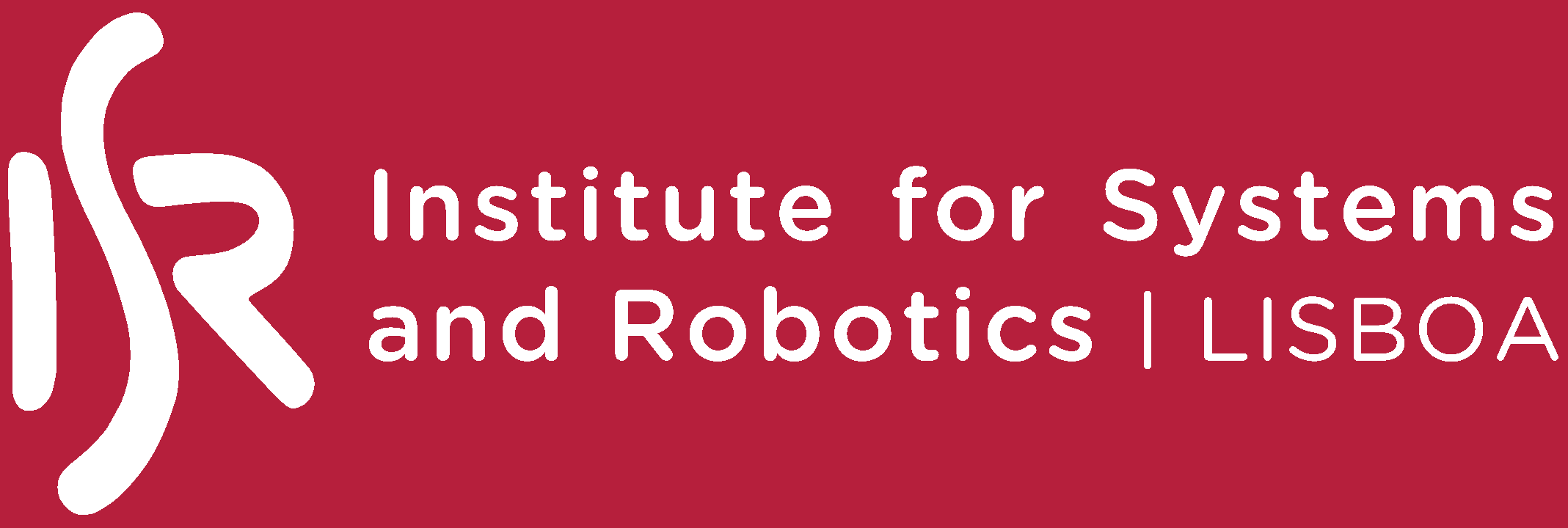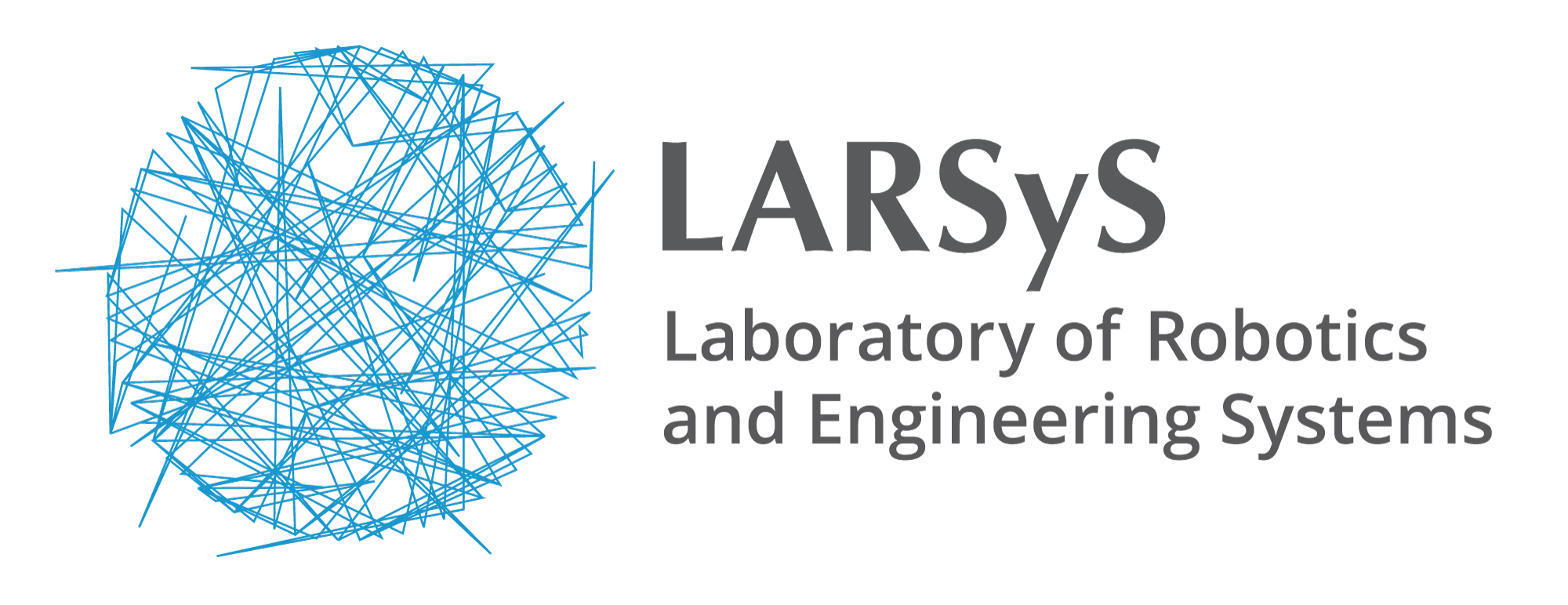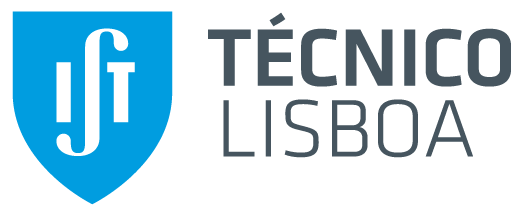Contributing
The Pegasus Simulator is an open-source effort, started by me, Marcelo Jacinto in January/2023. It is a tool that was created with the original purpose of serving my Ph.D. workplan for the next 4 years, which means that you can expect this repository to be mantained by me directly, hopefully until 2027.
With that said, it is very likely that you will stumble upon bugs on the code or missing features. Information on how to contribute with code, documentation or suggestions for the project roadmap can be found in the following sections.
Issues, Bug Reporting and Feature Requests
Bug reports: Report bugs you find in the Github Issue tab.
Feature requests: Suggest new features you would like to see in the Github Discussions tab.
Code contributions: Submit a Github Pull Request (read the next section).
Branch and Version Model
This project uses a two-branch Git model:
main: By default points to the latest stable tag version of the project.
dev: Corresponds to an unstable versions of the code that are not well tested yet.
In this project, we avoid performing merges and give preference to a fork/pull-request structure. All code contributions have to be made under the permissive BSD 3-clause license and all code must not impose any further constraints on the use.
Contributing with Code
Please follow these steps to contribute with code:
Create an issue in Github issue tab to discuss new changes or additions to the code.
Fork the repository.
Create a new branch for your changes.
Make your changes.
Run pre-commit on all files to make sure the code is well formated (check Code Style section).
Commit the changes following the guide in the Commit Messages section.
Update the documentation accordingly (check Contributing with Documentation section).
Push your changes to your forked repository.
Submit a pull request to the main branch of this project.
Ensure all the checks on the pull request are successful.
After sending a pull request, the developer team will review your code, provide feedback.
Note
Ensure that your code is well-formatted, documented and working.
Commit Messages
Each commit message should be short and provide a good description of what is being changed or added to the code. As such, we suggest that every commit message start by:
feat: For new features.
fix: For bug fixes.
rem: For removing code or features.
doc: For adding or changing documentation.
chore: When none of the above are a good fit.
Here is an example of a “good” commit:
git commit -m "feat: new vehicle thurster dynamics"
Note
We do not enforce strictly this commit policy, but it is highly recommended.
Pull Requests
The description of the Pull Request should include:
An overview of what is adding, changing or removing; enough to understand the broad purpose of the code
Links to related issues, supporting information or research papers (if useful).
Information about what code testing has been conducted.
Code Style
The inline code documentation follows the Google Style Guides while the Python code follows the PEP guidelines. We use
the pre-commit tool tools for maintaining code quality and consistency over the codebase.
You can install pre-commit by running:
pip install pre-commit
If you do not want to polute your python environment, please use venv or conda.
To run pre-commit over the entire repository, execute:
pre-commit run --all-files
Contributing with Documentation
I know, everyone hates to write documentation - its boring… but it is needed. That’s why we tried to make it easy to contribute to it.
All the source files for the documentation are located in the docs directory. The documentation is written in
reStructuredText format. We use Sphinx with the
Read the Docs Theme for generating the documentation. Sending a pull
request for the documentation is the same as sending a pull request for the codebase. Please follow the steps
mentioned in the Contributing with Code section.
To build the documentation, you need to install a few python dependencies. If you do not want to polute your python environment, please use venv or conda.
To generate the html documentation, execute the following commands:
Enter the
docsdirectory.# (relative to the root of the repository) cd docs
Install the python dependencies.
pip install -r requirements.txt
Build the documentation.
make htmlOpen the documentation in a browser.
xdg-open _build/html/index.html
Contributing with Assets
Creating 3D models is an hard and time consuming task. We encourage people to share models that they feel will be usefull for the community, as long as:
The assets are appropriately licensed.
They can be distributed in an open-source repository.
Note
Currently, we still do not have a standard approach for submitting open-source assets to be incorporated into Pegasus Simulator, but a possible solution in the future might lie either on hosting small sized ones on this repository and large worlds in a nucleus server. If you have a great idea regarding this subject, share it with us on the Github Issues tab!
Sponsor the project
If you want to be a part of this project, or sponsor my work with some graphics cards, jetson developer boards and other development
material, please reach out to me directly at marcelo.jacinto@tecnico.ulisboa.pt.
Current sponsors:
Dynamics Systems and Ocean Robotics (DSOR) group of the Institute for Systems and Robotics (ISR), a research unit of the Laboratory of Robotics and Engineering Systems (LARSyS).
Instituto Superior Técnico, Universidade de Lisboa
The work developed by Marcelo Jacinto and João Pinto was supported by Ph.D. grants funded by Fundação para as Ciências e Tecnologias (FCT).




